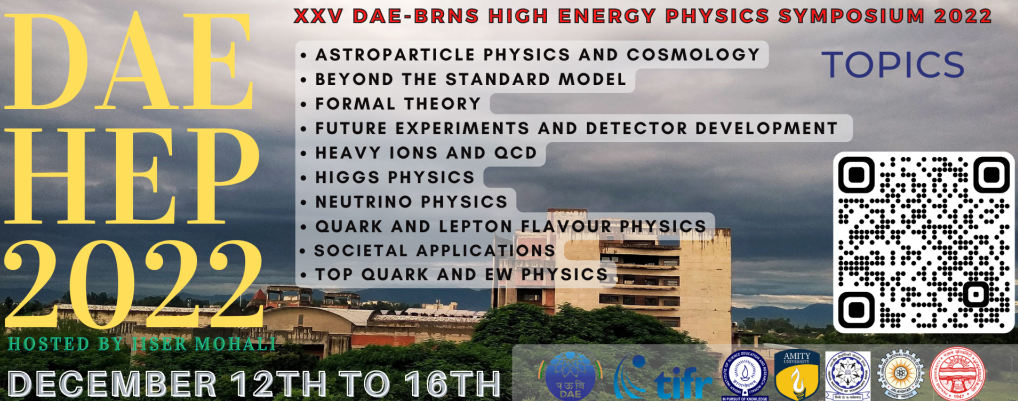Speaker
Description
The seesaw mechanism is a popular approach to give a viable explanation for the source of non-zero neutrino mass and for the cause of matter dominance of the Universe - two of the most important open problems that could not be answered in the Standard Model (SM) of Particle Physics. A minimal extension of the SM is studied, incorporating a type-I+II seesaw mechanism with only one right-handed neutrino and one Higgs triplet scalar. These heavy particles contribute to the generation of tiny neutrino mass, which is inversely proportional to the corresponding heavy particle masses. Considering that leptogenesis is achieved by the decay of the right-handed neutrino, the new source of CP asymmetry comes solely from the decay of the right-handed neutrino by one-loop vertex correction involving the Higgs triplet scalar. The model's predictability enhances by introducing Fritzsch type 2-zero and 3-zero textures for the neutrino mass matrix and the non-diagonal charged lepton mass matrix, respectively. We execute the parameter space study following the latest neutrino oscillation parameter data, and the phenomenological importance of this hybrid texture is analyzed. We study leptogenesis in the two-flavoured and three-flavoured regimes, and we observe that the leptogenesis in different flavoured regimes, within the temperature range $T\subset[10^{10},10^{11}]$ GeV, can efficiently predict baryon asymmetry of the Universe within experimentally obtained range.
| Session | Neutrino Physics |
|---|
